As an evergreen shrub, it is normal for older leaves of a gardenia to turn yellow and drop. This typically occurs during early spring before new growth appears. If chlorosis (leaf yellowing) occurs at other times of the year and there is no evidence of insect pests or disease, and the remaining leaves look healthy, then there may be an environmental or cultural factor causing yellow foliage. As with bud drop, several stressors, including insect infestations, nematode feeding, over-watering, under-watering, poor soil drainage, insufficient light, soil temperatures below 70 °F and poor nutrition may cause leaf yellowing and drop. Gardenias are acid-loving plants that grow best in a soil with a pH of 5.0 to 6.0. Iron is an essential nutrient that plants use to produce the green pigment, chlorophyll. While iron is rarely deficient in soil, if the soil pH is above 7.0, the iron may be in a form that is not available to the plant.
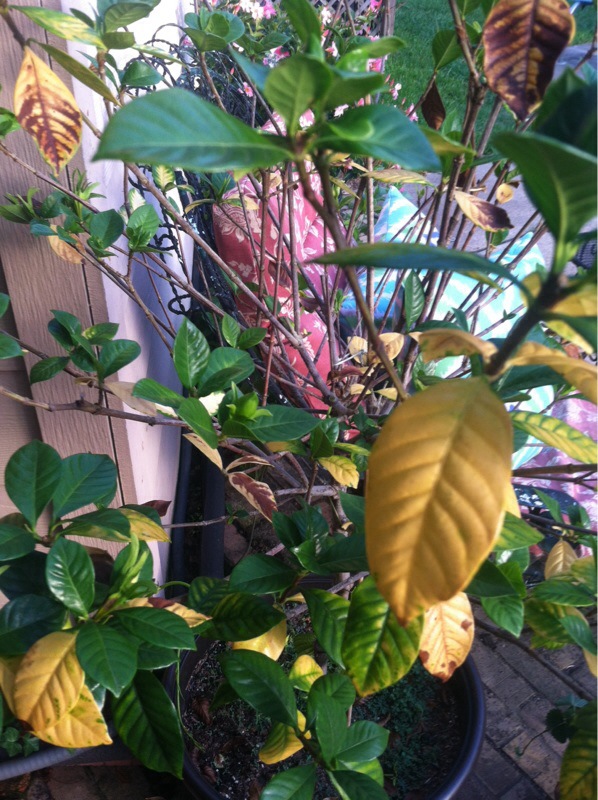
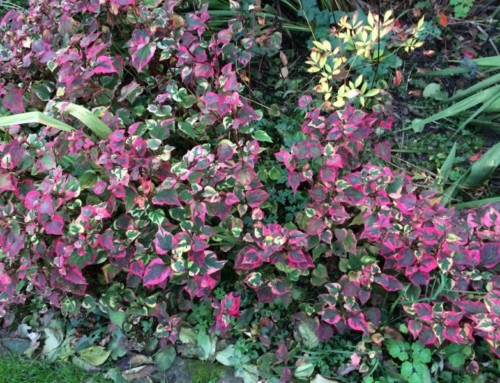
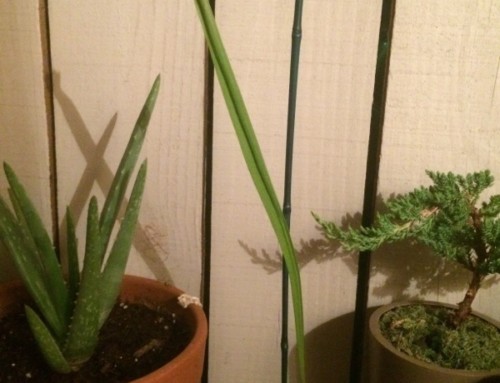
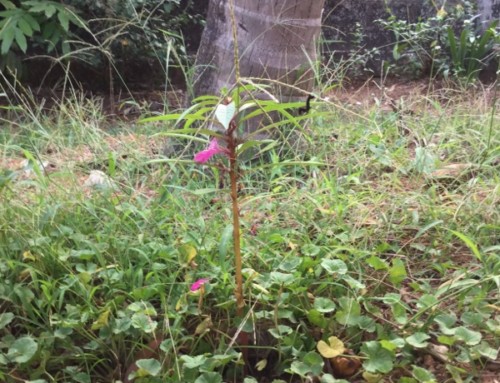
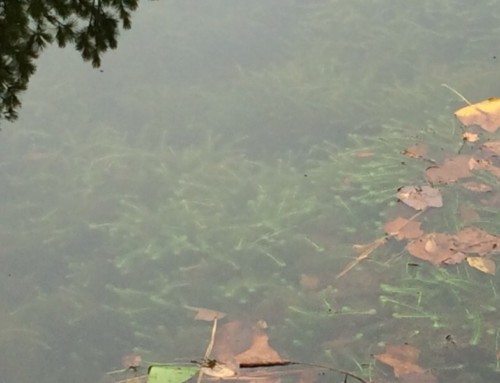
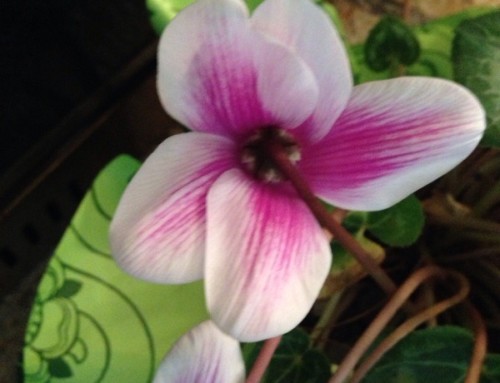
Leave A Comment